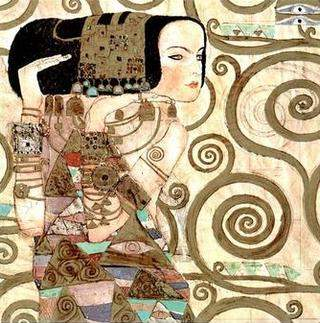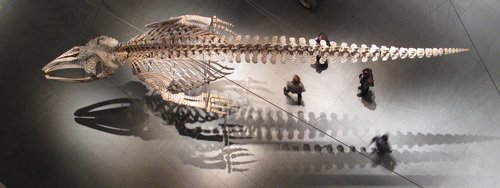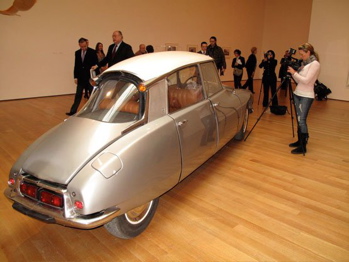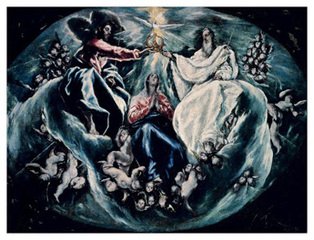Mon rêve familier
Je fais souvent ce rêve étrange et pénétrant
D’une femme inconnue, et que j’aime, et qui m’aime,
Et qui n’est, chaque fois, ni tout à fait la même
Ni tout à fait une autre, et m’aime et me comprend.
Car elle me comprend, et mon coeur transparent
Pour elle seule, hélas! cesse d’être un problème
Pour elle seule, et les moiteurs de mon front blême,
Elle seule les sait rafraîchir, en pleurant.
Est-elle brune, blonde ou rousse? Je l’ignore.
Son nom? Je me souviens qu’il est doux et sonore,
Comme ceux des aimés que la vie exila.
Son regard est pareil au regard des statues,
Et, pour sa voix, lointaine, et calme, et grave, elle a
L’inflexion des voix chères qui se sont tues.
Paul Verlaine (Poèmes saturniens)
My familiar dream
I often have this strange, engrossing dream
of an unknown woman, whom I love and who loves me,
and who, each time, is never quite the same
nor completely another, and who loves and understands.
For she understands me; my heart, an open book
to her alone (alas), is no longer a problem,
at least not to her; and when my pale brow is clammy
she alone knows how to refresh it, with her tears.
Is she brunette, blonde or redheaded? I don’t know.
Her name? I recall that it’s sweet and sonorous
like the names of lovers whom Life sent into exile.
Her gaze is like the gaze of a statue,
and her voice – her distant, calm deep voice –
has the inflection of beloved voices that have fallen silent
(Translation from French to English by Peter Low)









